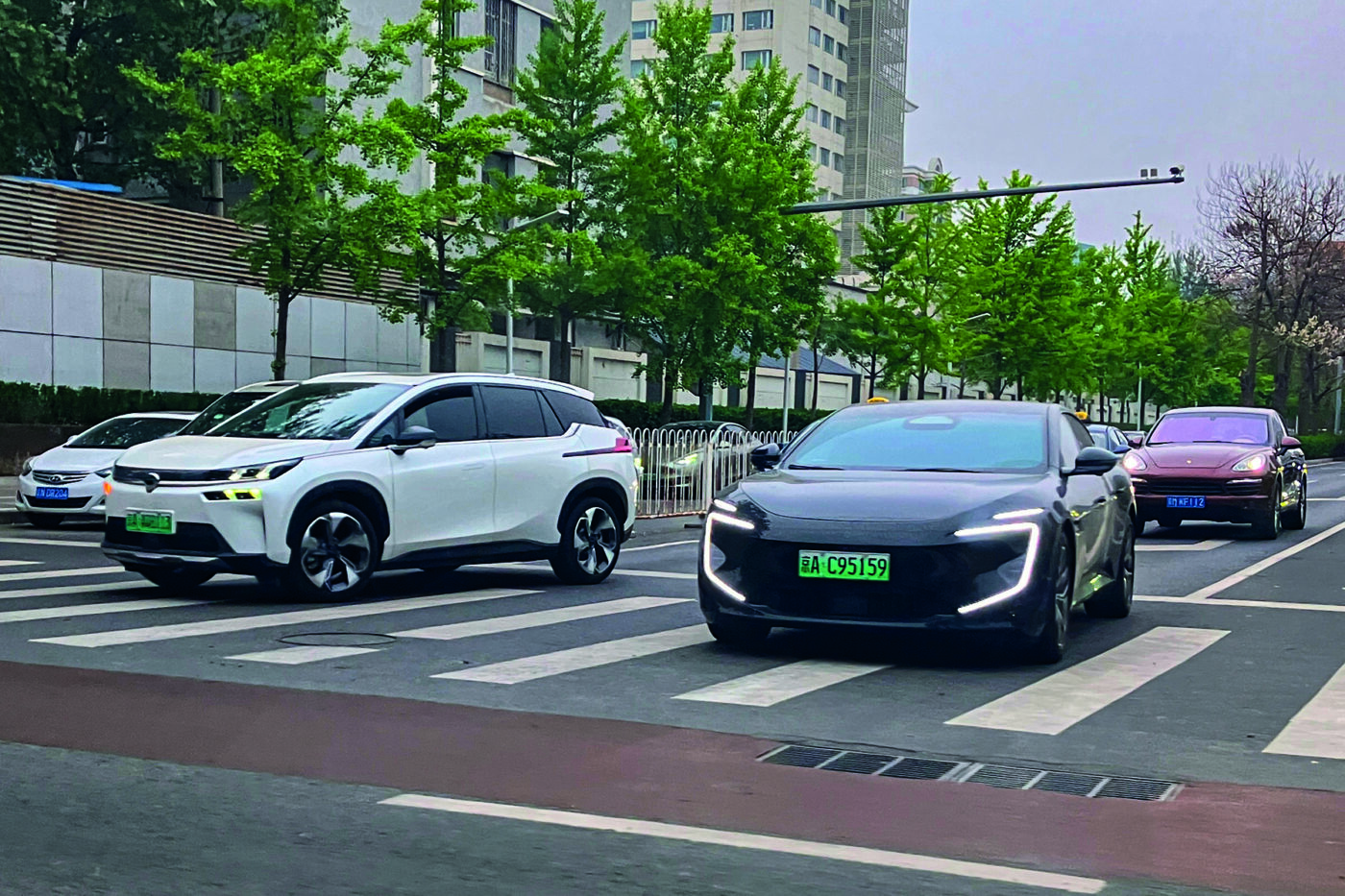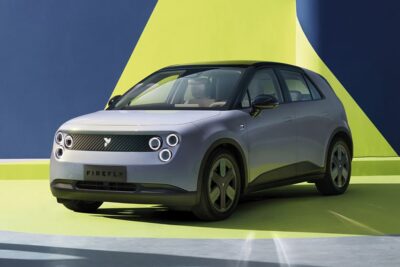Share of combustion vehicles in China declines sharply
As the German publication Handelsblatt reports, citing an analysis of registration figures by automotive data specialist Marklines, 94% of all new cars in the world’s most important passenger car market were still powered by conventional fuels such as petrol or diesel in 2020. In the first half of 2024, however, it was only 59 per cent. According to the Chinese Car Association (CPCA), more new energy vehicles (BEV, PHEV and FCEV) were delivered than pure combustion engines for the first time in July. It remains to be seen whether this will continue in the second half of the year – but the trend since 2020 is clear.
The new ratios become clear within the first half of 2024 alone: sales of combustion engines in China have “collapsed” by twelve per cent or 775,000 units, writes Handelsblatt, while BEVs and PHEVs have increased by 38 per cent or 1.1 million vehicles. Fuel cell cars also play only a minor role in China: with 1,000 units most recently sold in July, the absolute figures are significantly higher than in Germany, for example, but the market share of FCEVs remains very low. When people talk about new energy vehicles in China, they are practically referring to battery electric cars and plug-in hybrids – even if fuel cell cars are also formally included.
Chinese manufacturers dominate the market
This market trend, which has characterised the Chinese market since 2020, naturally also has consequences for manufacturers. This is because, as we regularly report in our articles on monthly registration figures, domestic manufacturers such as BYD are in the lead when it comes to new energy vehicles – and not Western car manufacturers, who have made good profits with their combustion models in China for decades. The Chinese have increased their cumulative market share from 33 per cent in 2020 to 52 per cent now – and this is mainly with (partially) electric cars. German car manufacturers, on the other hand, have lost almost six per cent in total, while Japanese brands have even lost nine per cent, according to Handelsblatt.
With a market share of 20.7 per cent, Germany is still the second largest manufacturing nation in China, but the gap to China with 52 per cent has grown enormously – in 2020, Chinese manufacturers accounted for 33 per cent and German manufacturers for 26.5 per cent. In the first half of 2024, the Japanese manufacturers still had a market share of 15 per cent, US manufacturers 6.5 per cent and Korean manufacturers 1.0 per cent – Hyundai and Kia sales have more than halved since 2020.
“Until now, the lack of competitive electric cars was seen as the biggest problem for the German car industry in China. In recent years, the high sales figures for vehicles with combustion engines have been able to cover this up,” the article states. “However, with the petrol business in China now collapsing, the situation is becoming increasingly precarious, especially for mass manufacturers such as Volkswagen.” Expressed in figures: in 2018, VW was still able to post an operating profit of over 4.6 billion euros from its China joint ventures with FAW and SAIC on its balance sheet. In the first half of 2024, it was less than one billion euros, almost a third less than in the same period in 2023.
However, the situation is also similar for other established volume manufacturers: in 2018, General Motors still posted profits of just under two billion euros from its Chinese investments. In the first half of 2024, however, the joint ventures resulted in a loss of around 200 million euros. And Stellantis has discontinued Jeep production in China in 2022 and cancelled expansion plans for Opel. Although Stellantis does not report the China business separately, the China, India, and Pacific regions were in the red in 2023.
“We are clearly seeing a displacement of conventional drive systems,” Jan Burgard, head of the automotive consultancy Berylls by Alix Partners, told Handelsblatt. In addition to the rapidly increasing share of Chinese electric cars, there is another trend: “The Chinese want to be almost overwhelmed by new technologies. For them, a car must have a smart cockpit in which the smartphone and its many apps can be easily integrated and mirrored. Otherwise, it will hardly sell.” Driver assistance systems are also becoming more important: “The Chinese are really boasting about the number of lidar and radar sensors in their cars and the performance of the processors installed,” says Burgard. “German and European manufacturers need to close this technological gap very quickly.”
handelsblatt.com (in German)





0 Comments